Monitoring your pregnancy well-being is a special part of your self-care and can be an empowering activity while you are sheltering at home. Especially since many care providers are spacing out prenatal visits and/or offering them from a distance. Home monitoring is educational, relatively simple, and most of all, fun! You and your family can feel reassured about the well-being of your pregnancy. Involving siblings and partners can help everyone process, integrate and bond with their newest family member. Putting together a little kit for your home can cost you under $100, and you can find the links to all the supplies below (I do not make any money from the items we have linked to here).
What you will need
- tape measure that measures in centimeters
- fetoscope
- timepiece
- bathroom scale
- thermometer
- automatic blood pressure cuff
- some way to track your findings- a piece of paper on the fridge or a note in your notes app will work perfectly fine
Measure your fundal height
The tape measure is used to measure your fundal height. Place the tape measure, at zero, on the top of your pubic bone, and stretch the tape measure up to the very top of your uterus (the fundus). The fundal height in centimeters should correspond directly (plus or minus two) to the number of weeks you are after 24 weeks gestation. Every week, your belly should grow about a centimeter.
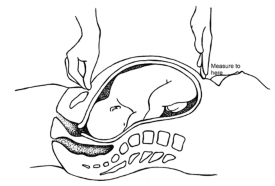
Listen to your baby’s heartbeat
Use the fetoscope to listen to your baby’s heart. You will also need a watch with a second hand or the watch app on your phone to count the beats. A baby’s normal heart rate is 120-160 beats per minute. To use the fetoscope, put the earpieces into your ears, and place the bell onto your baby’s back. You can feel your belly to see what the baby’s lie is like, keeping in mind that the baby’s back is usually along your left or right side. If you don’t hear something right away, try the other side, lower, higher, or just listen more intently. This skill takes practice but is extremely gratifying!
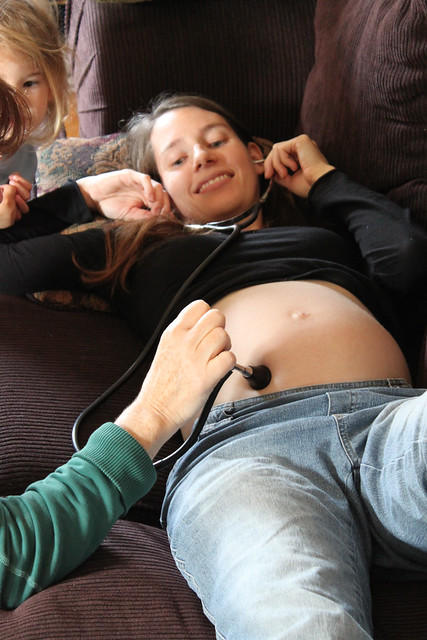
Track your weight changes
Use the bathroom scale to track your weight. Practice mindful eating, eat as much nourishing food as you can and as few processed foods as possible. It is normal to gain anywhere from 18-40 pounds during pregnancy depending on your pre-pregnancy weight, with more weight gain occurring at the end of pregnancy than the beginning. Weighing yourself once a week is adequate.
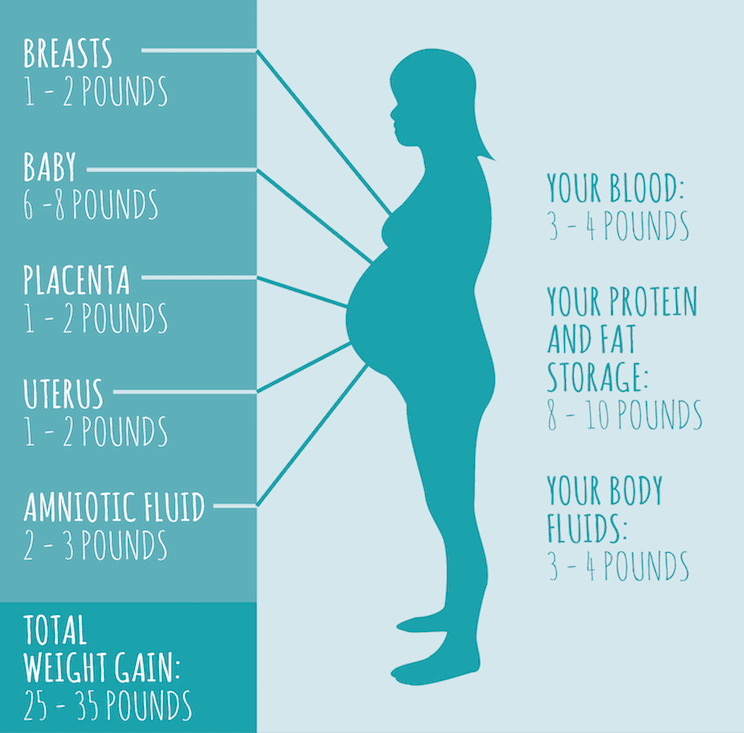
Tracking temperatures
The Kinsa thermometer connects to an app for easy recording and can be used by the whole family. A normal adult temperature is 98.6 F. A fever is usually considered anything over 100.4 for both babies and adults. In a newborn, a normal temperature ranges from 97.8-98.8. Placing your baby skin to skin is a great way to regulate their temperature.
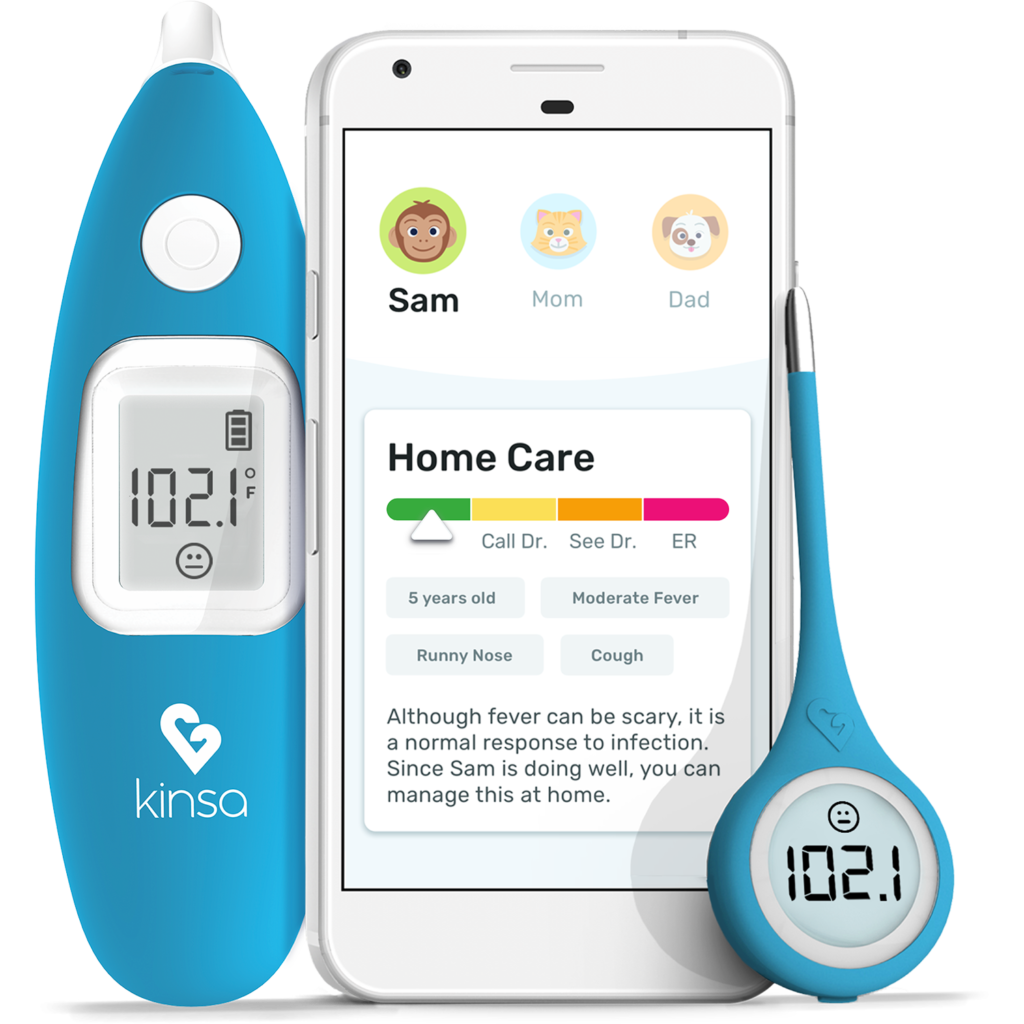
Record your blood pressure and heart rate
An automatic blood pressure monitor is a low-cost way to measure your blood pressure in the comfort of your own home–no white coat syndrome there! You can find an automatic blood pressure monitor online or at your local drug store for typically under $40. To use, sit comfortably with both feet flat on the ground. Place your arm in the cuff above the elbow, and follow the directions to start the device. A normal reading is 120/80. Tell your care provider if the systolic figure (top) is over 140, or the diastolic figure (bottom) is over 90. Low blood pressure is characterized as 90/60 or lower, although this may be normal for some people.
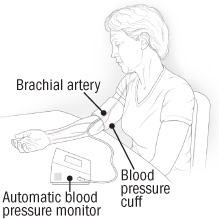
Communicate with your health care provider
Keep track of these findings, and be sure to report them to your care provider. Enjoy this time connecting with your baby and learning about your body!

